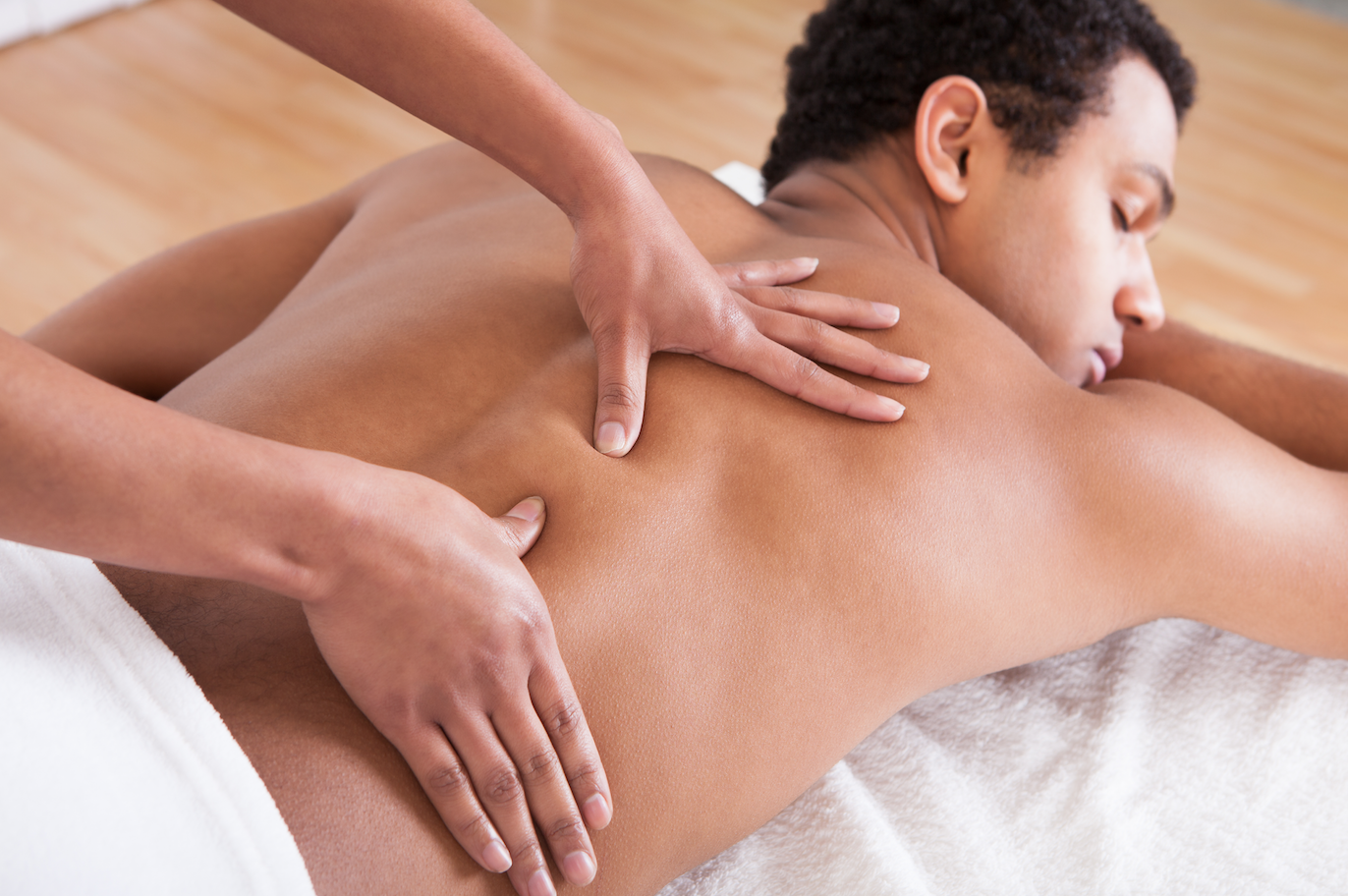Massage improves health and healing through touch and movement. Most of us simply relate massage to relaxation, but it also has therapeutic benefits that were recognized as far back as ancient Egypt. There are many different types of massage, each serving a different purpose. To get the most out of your massage, it is best to understand the benefits of each type to get the right one for your needs.
Types of Massage
Swedish, the most popular method, is often misinterpreted. Don’t let the name fool you — a large woman named Helga will not pound your body like a tough cut of meat. A Swedish massage is quite the opposite, consisting of long, gliding and soothing strokes applied with light to medium pressure. Often referred to as a classic or relaxation massage, Swedish massages are the best type for first timers and can relieve anxiety, general aches and pains, and increase circulation. A study in The Journal of Alternative and Complementary Medicine reported that just one Swedish massage session creates positive biological effects to the immune system.
Deep tissue massage is true to its name, with firm pressure work deep in the muscles and connective tissue. This type of massage is typically applied to a specific area experiencing tightness or soreness. A deep tissue massage is not recommended for those who have not had a massage before and have not yet determined their preferred amount of pressure.
Catered to athletes, sports massages combine Swedish and deep tissue massages. The practice aids in performance by releasing muscle tension and easing injuries. It is typically a faster paced massage with more pressure than a Swedish massage but less than a deep tissue. The Journal of Sports Medicine and Physical Fitness claims that it assists in healing soft tissue and prevents injury by increasing range of motion and flexibility.
Shiatsu, meaning finger pressure in Japanese, is an Eastern medicine concept. The practice derives from acupuncture, focusing on trigger points relating to other areas of the body. Do not be surprised if your practitioner does not focus on the direct area of your complaint. What ails your back may be relieved with pressure in the acupoint associated with it (similar to reflexology). Shiatsu can relieve morning sickness, restore and maintain the body’s energy and, following Eastern ideology, it realigns meridian points and balances chi.
American Massage Therapy Association surveys show that 63% of doctors encouraged massage to patients who discussed the therapy. They report that massages can help you sleep better, improve mental health, decrease pain, and reduce stress and associated symptoms like tension headaches. “All massage is therapeutic, and it can be customized to meet somebody’s needs,” Donna McGrath, a licensed massage therapist in Gainesville, said. “Communication is key; talk to your massage therapist about what you are comfortable with, about any injuries or if you want lighter work in one area. Always check with your physician before receiving any type of massage.”
Don’t let choosing the right massage stress you out! Understanding each type lets you relax and schedule the type of session that is right for you.
Related Articles:

